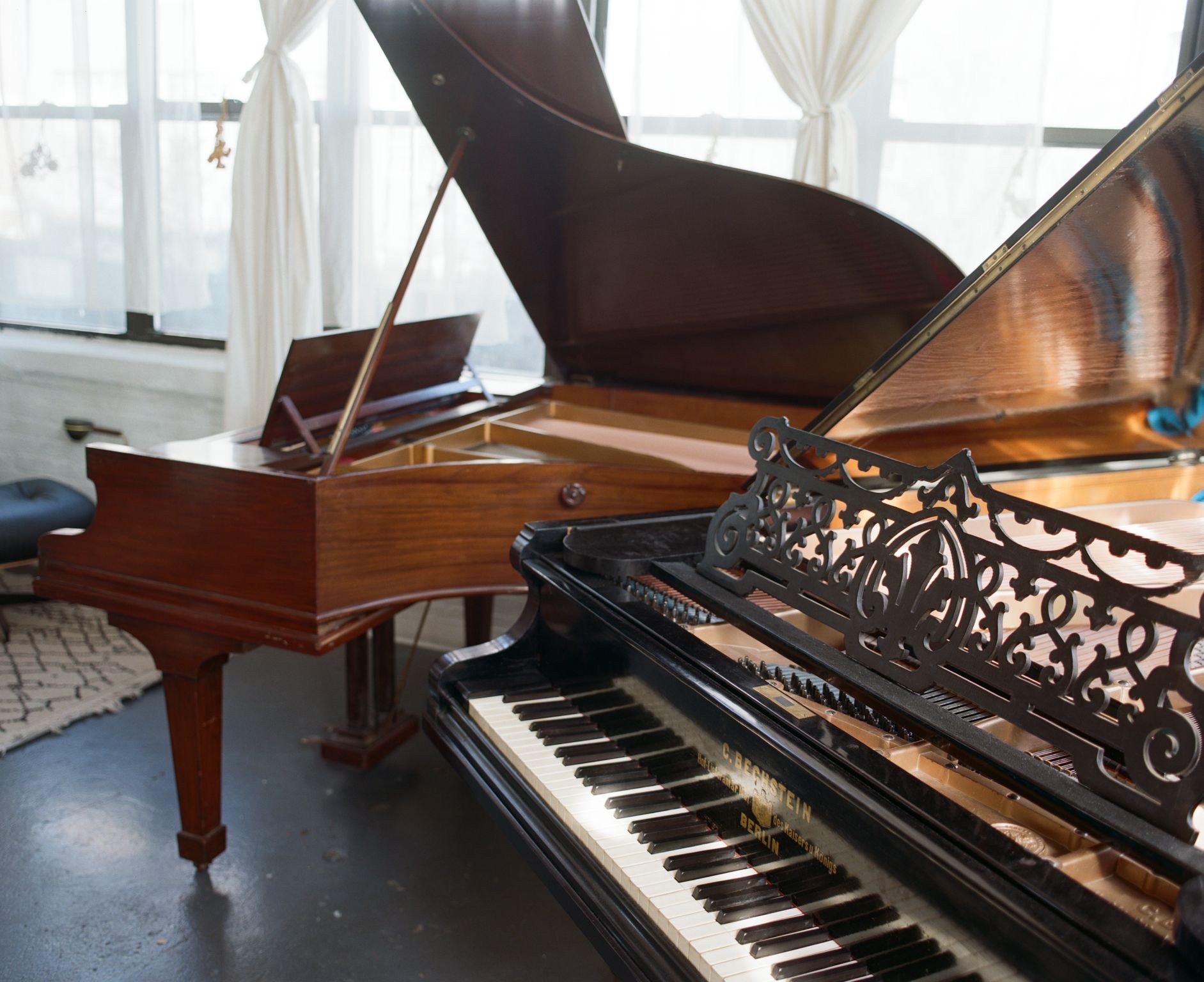Piano Moving in New York City
Everything you need to know about piano transport in the city that never sleeps
Moving a piano in New York City is a uniquely challenging endeavor, given the city's bustling streets, tight spaces, and often complex building layouts.
Piano movers employ specialized sleds to handle the intricate task of transporting upright and grand pianos. For upright pianos, a sturdy wheeled sled is used, designed to cradle the piano securely. Movers carefully position the piano on the sled, ensuring it's firmly strapped in place. This approach ensures stability during movement, reducing the risk of damage to the instrument's delicate casing and legs.
Grand pianos require a more intricate sled system. A custom-made sled, equipped with large, smooth-rolling wheels, is used. Movers meticulously lift the grand piano onto this sled, securing it with straps and cushioning to prevent any shifting during transit. The sled's design facilitates easy maneuverability, even for the substantial weight of a grand piano, making it possible to navigate tight spaces and corners.
Here’s a checklist of all the factors you need to consider when planning a piano move in the city:
1. Type and Size of the Piano
Upright vs. Grand: Upright pianos are generally easier to move than grand pianos, which require dismantling.
Size: The piano's dimensions are crucial for navigating doorways, elevators, and staircases.
2. Hiring Professional Piano Movers
Experience: Choose movers with specific experience in piano relocation, as they'll know how to handle various types of pianos in challenging urban environments.
Insurance: Ensure the movers have insurance that covers damages to the piano, property, and any injuries to workers or third parties.
3. Pre-Move Preparation
Measurements: Measure doorways, staircases, and elevators to ensure the piano will fit. Consider the piano's dimensions and the path it will take out of your current location and into the new one.
Protecting the Piano: Ensure the movers wrap the piano properly to protect its surface and internal mechanics.
Secure Loose Parts: Lock the keyboard lid and ensure any moving parts are secured or removed if necessary.
4. Building Regulations and Restrictions
Elevator Use: Some buildings require reserving an elevator for moving large items. Check with your building management ahead of time.
Time Restrictions: Many NYC buildings have specific moving hours. Ensure your move is scheduled within these windows.
Certificates of Insurance (COI): Some buildings require a COI from the movers. Arrange this in advance to avoid delays.
5. Access and Navigation Challenges
Staircases: Narrow or spiral staircases may complicate the move. Communicate any potential obstacles to your movers in advance.
Street Access: Consider the logistics of parking a moving truck and whether a parking permit is needed for the day of the move.
Throughout the entire process, movers take precautions to protect the piano's finish and internal components, using additional padding or blankets as needed. The sleds are invaluable tools, ensuring the safe and damage-free transport of these cherished musical instruments, whether they are upright or grand pianos. When you purchase with Prosper Pianos, a professional move to your space is included in your purchase with all these factors diligently attended to by our professional movers.
